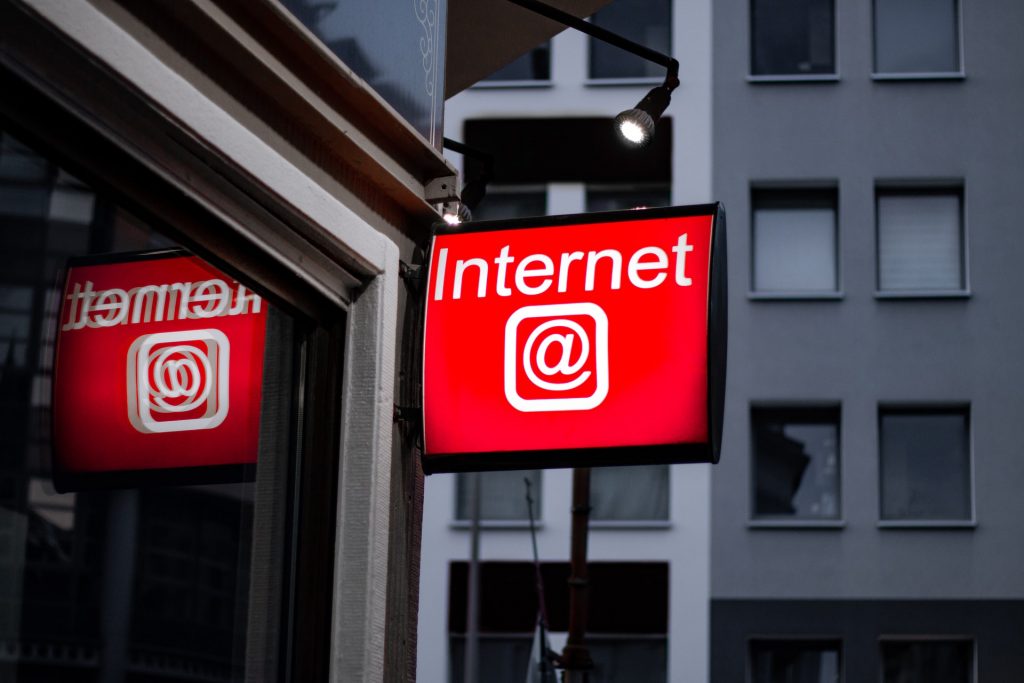With online video becoming increasingly trendy and all the rage, 21 percent of US families have already cut the cord, while many follow suit every day. According to the research, satellite and cable TV penetration will decline by 26 percent by 2030. This trend of changing from cable to online-based streaming services is forcing broadcasters from all over the world to modify their business models.

Conventional TV companies and providers alike are left with a quandary – do they fit with the crown and opt for on-demand video or stick to the fast-dying cable TV business? The answer must be clear. People don’t need to lie down on the couch to watch TV. And with online-based streaming services, they do not need to do this anymore. The improved accessibility is indeed the main driving force behind the evolution of the television industry.
However, what option would you like to turn your trade and move to internet video delivery as a publisher with OTT IPTV app or TV provider? OTT and IPTV are two popular online-based delivery systems available. Are there any disparities between the two? What to choose as a business: OTT or IPTV? Check this out!
What Is OTT

OTT or Over-the-Top video refers to a kind of TV or video program delivered or watched over the free internet. Unlike conventional television, this kind of video delivery gives users the freedom on what they want to view, where the company manages the programming.
One notable benefit of Over the Top service is that viewers are able to access the content using various devices with an internet connection. Popular OTT devices are as follows:
- Laptops
- Desktops
- Mobile phones
- Smart TVs
- Gaming consoles
Over-the-Top streaming devices include Fire TV Stick, Roku Streaming Stick, and many others.
OTT streaming is not just for big TV providers and publishers; even a small creator and business are able to make an app and utilize it to develop their business. Its accessibility makes OTT a superb opportunity for those who want to jump into the internet video business.
How Does Over-the-Top Function
OTT streaming services utilize free internet to provide content to an over-the-top box or device in unicast style. Each viewer should link to the server to play the contents. So, it means that every content stream works as one-to-one transmission.
ISPs’ main role in OTT is that it offers the infrastructure needed for video streams to link to end-user devices. The fact that OTT streaming doesn’t need to own infrastructure, the operational cost is lower, resulting in cheap service.
On the other hand, it also comes with some problems; OTT streaming is heavily reliant on internet speed. Since Over-the-Top infrastructure does not shore up multicasting, having many active streams on one network can consume the user’s bandwidth. This problem can be avoided by utilizing an OTT platform that has an HTML5 player, which supports or backs an adaptive bitrate streaming system.
What Is IPTV

IPTV streaming is restricted audio and video content delivery approach, which serves via a privately supervised network based on the IP. Networks take account of ISP, WAN, LAN networks. However, IPTV platforms bypass the conventional satellite or cable channel in more isolated nature. That’s why they need set-top boxes linked to a router in order to work.
IPTV platforms have many perks like it helps multicasting like multiple users are able to view IPTV video in different devices concurrently without compromising the user’s bandwidth. This makes this model the best choice for cable television for those with weak internet speed.
How Does This Model Function
IPTV stores TV programs and videos on an isolated server and delivers them to users when they ask for playback. The server utilizes a one-to-several distribution method to distribute the video to all internet protocol addresses on the network, which request playback as IPTV utilizes bandwidth effectively and does not put much pressure on consumers’ internet.
IPTV setting up service is very challenging and costly as opposed to OTT streaming. IPTV platforms should deliver customers with the proper hardware as the service depends on a controlled, closed network to distribute content. When setting up, IPTV requires the following:
- Router
- Internet connection
- Set-Top Box
OTT vs. IPTV: Which One is Better to Start Your Own IPTV Business

Even if IPTV and OTT both function in almost the same ways and depend on fast internet for video delivery rather than satellite or cable, they have some crucial differences relatively.
Type of Network
OTT streaming provides video content via public or free internet or network while IPTV works in WAN or LAN.
Because of this, IPTV provides smooth delivery of content as it does not take so much of your bandwidth, while Over-the-Top depends on it for playback.
Monetization Models
OTT streaming often utilizes a free OTT monetization model; on the other hand, IPTV platforms almost solely monetize via SVOD (Subscription Video On Demand).
Publishers of OTT often unite free plans with advertisement-based monetization and subscription-based for high-quality content and state-of-the-art features.
High Quality Content
IPTV platforms provide a smooth user experience as well as higher video and audio quality because of working in a closed ecosystem.
The fact that OTT streaming service depends on the public internet, the abilities in terms of the superiority of the content are restricted.
Accessibility
OTT apps can be downloaded and played on the preferred TV shows on different devices, anytime and anywhere, provided a fast internet connection.
This takes account of playing the preferred content on the go. On the other hand, IPTV platforms are restricted to devices in the household because the service works in a controlled network and needs a fast connection to the router and set-top box.
Conclusion
So, there’s no definite answer to what to choose as a business: OTT or IPTV. Both systems have advantages and disadvantages, and knowing the disparities between different streaming services is vital for advertisers and publishers.
